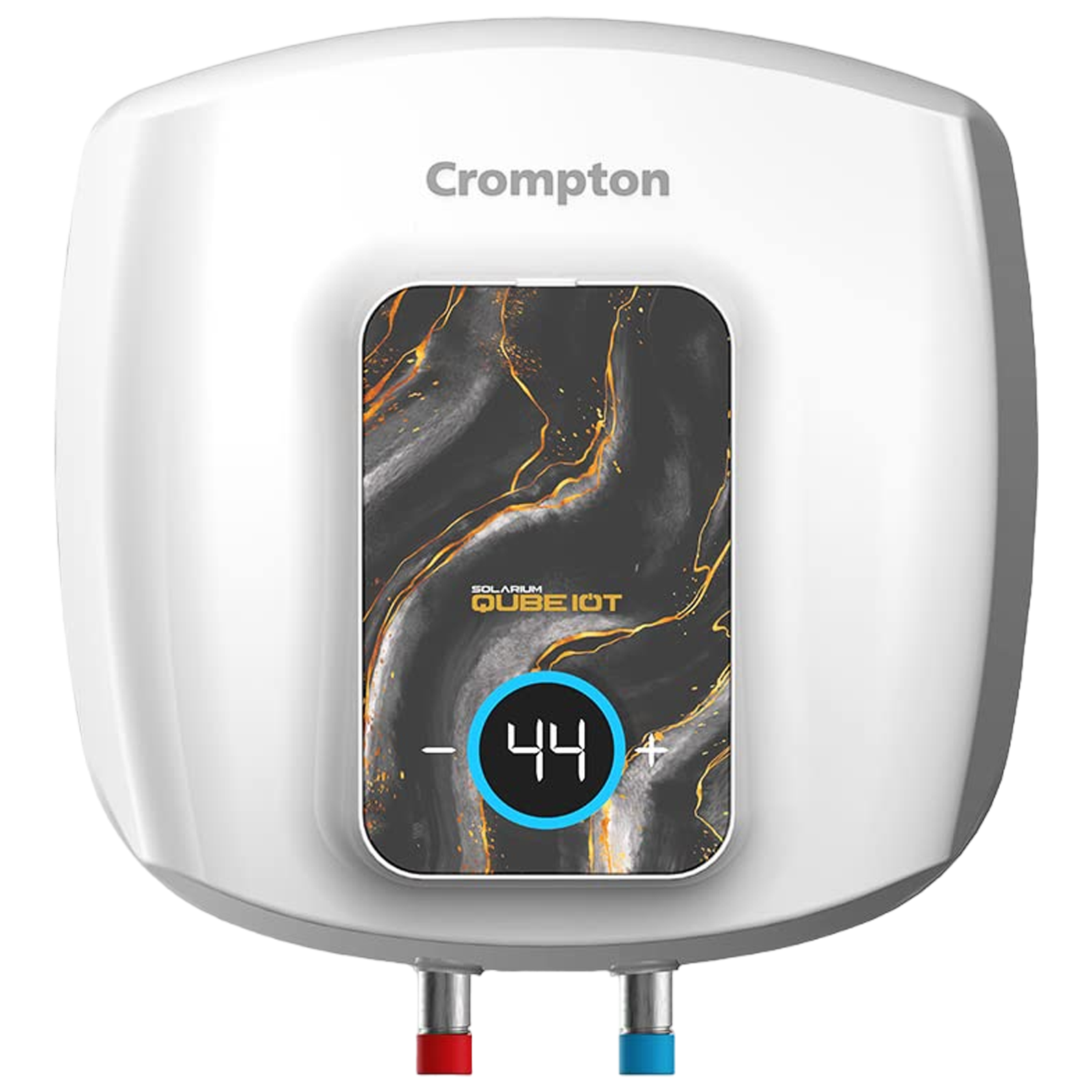Geysers are a staple in any Indian home. From instant water heaters that take less than a minute to provide scalding hot water to ones with large tanks that take their own sweet time getting water to temperature, geysers come in all shapes and sizes. Some homes, especially independent housing, even come with solar water heaters or geysers that don’t need electricity.
We take geysers for granted, but they do wear out over time, eventually needing replacement. Here’s what you need to know about a water heater’s lifespan and when you should consider replacing it.
Geyser lifespan
It’s generally accepted that a geyser will last about a decade. Solar or instant geysers can last longer- up to two decades in some cases- but a lot depends on the quality of materials used to construct these geysers. Regular electric geysers, the ones with large water tanks, generally need more maintenance as the water tank tends to go through more significant wear and tear.
When should you replace your geyser?
While most geyser issues can be resolved with some simple maintenance, if the geyser is getting old and is approaching a decade, you might want to consider replacing it just to be safe.
Actual symptoms of a failing geyser, however, could include inconsistent water temperature, inconsistent heating duration, limited flow rate (compared to what it usually is), and more. This also applies to electricity bills as a geyser that’s struggling to heat water might be doing so inefficiently owing to damage or leaks.
Leaks are also a sign that something is failing, but leaks can usually be attributed to damaged pipes and seals. If the tank has ruptured, however, or one of the internal pipes, get the geyser replaced immediately.
ALSO READ: Enhance the longevity and performance of your appliances with the right care
Another issue to look out for is muddy or rusty water output. This indicates that the pipes are corroding and that the internal protective layers have degraded over the years. This is a sure sign that the interior components are wearing thin and could rupture soon.
Lastly, any unusual sounds such as popping or crackling, or anything that seems off, warrants immediate service or replacement. Crackling could indicate a loose contact or damaged wire which is sparking or shorting on the inside of the geyser. This is both an electrical and fire hazard. Popping could also indicate uneven heating of the water tank or pipes, which could be on the verge of rupture.
Geysers are relatively cheap these days so a replacement isn’t necessarily an expensive affair. We’d recommend replacing a geyser quickly once it starts having internal issues as troubles will only compound over time, leading to a more serious accident of some kind. You can of course head to croma.com at any time to pick a replacement and have it delivered and installed in record time.
Unleash your inner geek with Croma Unboxed
Subscribe now to stay ahead with the latest articles and updates
You are almost there
Enter your details to subscribe

Happiness unboxed!
Thank you for subscribing to our blog.
Disclaimer: This post as well as the layout and design on this website are protected under Indian intellectual property laws, including the Copyright Act, 1957 and the Trade Marks Act, 1999 and is the property of Infiniti Retail Limited (Croma). Using, copying (in full or in part), adapting or altering this post or any other material from Croma’s website is expressly prohibited without prior written permission from Croma. For permission to use the content on the Croma’s website, please connect on contactunboxed@croma.com
- Related articles
- Popular articles




















Anirudh Regidi
Comments